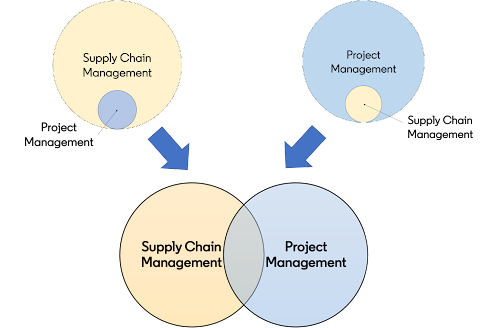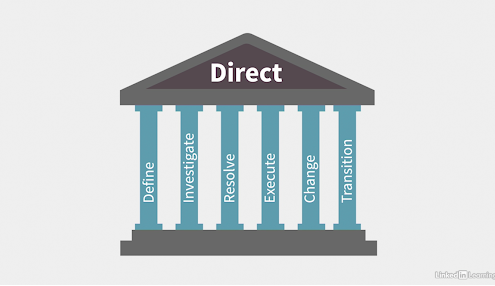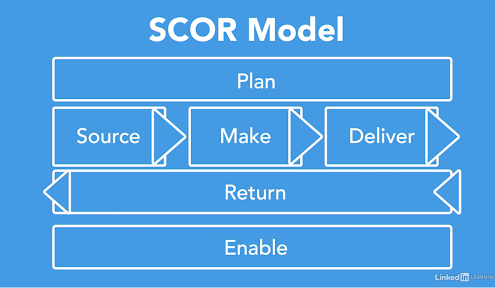How to Be a Sponsor Whisperer

Photo by LinkedIn Sales Solutions on Unsplash
Ever notice that some project managers always seem to have sponsor support? Project managers who successfully manage sponsors use a handful of techniques. Here are the go-to tools for “executive whisperer” project managers.
- Get to the point in status reports. Status reports should be short and concise . Talk with your sponsor to understand their main concerns. Highlight information related to those concerns in your status report. While you still compile detailed information such as the status of individual tasks or the hours worked versus planned, it’s best to leave that detail in the background. Include links to the data in your reports so the sponsor can access it.
- For longer discussions, prepare a short intro and let the sponsor lead the discussion. Senior leaders want to process information in the sequence most meaningful to them. Avoid pushing your agenda of what to share and when. Sponsors might not hear what you’re saying until they get the information they want. Deliver a short introduction – 30 to 60 seconds– to set the stage. After that, let the sponsor lead the discussion. Have data available that you can reference to answer questions. If you don’t have an answer, share where you can get it and follow up after the meeting. If information you want to share hasn’t been discussed, bring it up at the end of the meeting.
- Know your stakeholders’ points of view. Project sponsors might not interact with other stakeholders on a regular basis. If stakeholders raise concerns, talk with them to understand their issues. Don’t assume your sponsor has this information. Your sponsor has a greater span of responsibilities than you, as a project manager. So, do the legwork on stakeholder issues to offload the sponsor. If you need your sponsor’s help talking with a stakeholder, brief them on the data they need. Share your recommendation and a clear goal for what you want from the discussion. Follow up on any actions that may result from the discussion with the stakeholder.
- Make clear recommendations. The most frequent complaint from project sponsors is that project managers dump problems on them. Even worse, the problem might not be well-defined. To become a sponsor favorite, analyze the problems and come up with potential solutions. List the pros and cons for each potential solution and recommend a solution. That way, the sponsor can consider different business options, which improves sponsor confidence and helps them decide more quickly.
- Be calm. Your mood rubs off on your project team and your sponsor. If you demonstrate confidence by being calm and diligently performing your role, your sponsor will be more confident. In turn, you avoid extra reporting and questions because you have your sponsor’s trust. Being calm doesn’t mean holding back bad news. If something is wrong, share it calmly, along with how you’ll address the problem. Follow up in whatever way your sponsor prefers.
Remember that sponsors are individuals with their own preferences. Take time to understand your sponsor’s expectations to improve your chances of success.
Do you have any tips for dealing with project sponsors – or questions about how to deal with them? Join the discussion by posting in the comments section.
For more about project sponsors, check out Antonio Nieto-Rodriguez’s How to Be an Effective Project Sponsor course.
Coming up:
October 2022 will be a busy month. My updated Project Management Foundations course is due to go live. And you can see me in several LinkedIn Office Hours live broadcasts.
October 12, 2022 11AM MT- Project Baselines: Basics and Best Practices
Once management approves a project, the project manager baselines the project. What is a baseline? What do you capture in a baseline? What happens when you create a baseline in Project? What are best practices for making baselines more helpful to managing projects effectively?
In this interactive Office Hours presentation, Bonnie Biafore and Ira Brown will share best practices at all stages of baselining.
Link to the event- https://www.linkedin.com/video/event/urn:li:ugcPost:6978438578267664385/
Oct 17, 2022 11AM MT- Leading with Curiosity
Questions and answers are inputs into any system or project, and they drive the output — whether the system is making dinner or launching a new product. The more diverse the inputs, the more innovative the output! Asking the right questions from the outset is crucial to setting up a system or project for success and achieving the best outcomes. To turbocharge results, you need to go beyond the usual questions like “What is the goal for the endeavor?” and “What is the best strategy for achieving that goal?” You and your team need to be curious and creative throughout the endeavor. In this Office Hours session, Natalie Nixon and Bonnie Biafore will explore what it means for a cognitively and experientially diverse team to be curious and creative and what you, as a leader can do to support that effort.
Link to the event- https://www.linkedin.com/video/event/urn:li:ugcPost:6979155332908400640/
Oct 27, 2022- Sometimes, the hardest part of innovation isn’t coming up with the great idea. It’s implementing it. Across the organization.
If you are trying to lead your organization in thinking (or doing) differently, you need to balance inspiration and operations. In this engaging and interactive conversation, LinkedIn Instructors Bonnie Biafore (Project Management Foundations) and Robbie Kellman Baxter (Become an Entrepreneur Inside a Company) will share best practices in scaling your great idea throughout your organization.
Link to the event- https://www.linkedin.com/video/event/urn:li:ugcPost:6978746469797244928/











